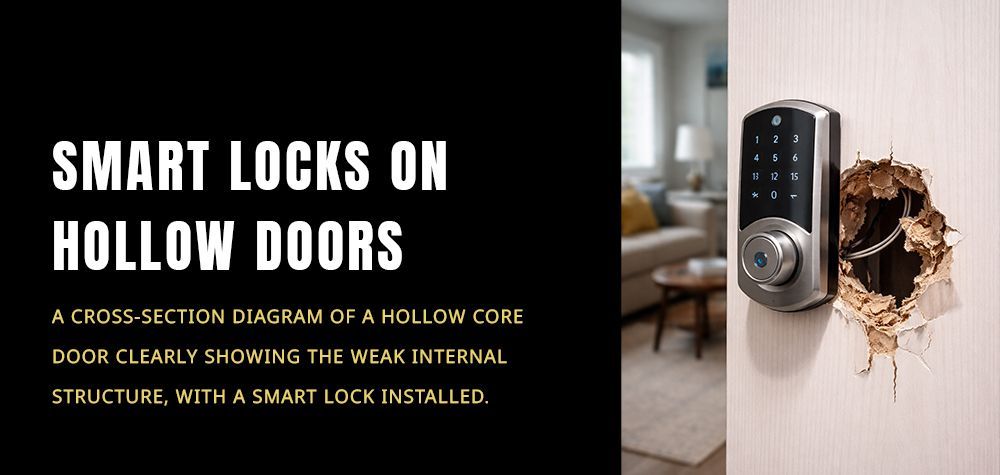Can a Faulty Door Latch Drain Your Car Battery?
A faulty door latch might seem like a minor issue, but it can lead to significant problems, including draining your car battery. Here's how this can happen and what you can do to prevent it.
How a Faulty Door Latch Can Drain Your Battery
1. Interior Lights Staying On
One of the primary ways a faulty door latch can drain your car battery is by causing the interior lights to stay on. When a latch doesn’t engage properly, the car might think a door is still open, leading the interior lights to remain illuminated even when the car is off.
2. Electrical Systems Not Shutting Down
Modern cars have various electronic systems that power down when doors are properly latched. A faulty latch can prevent these systems from shutting down, resulting in continuous power draw from the battery.
3. Faulty Sensors
Cars equipped with advanced electronics use sensors to detect if doors are closed. A malfunctioning latch can cause these sensors to fail, which might keep certain electronic components active, leading to battery drain.
Signs Your Car Battery Might Be Draining Due to a Faulty Latch
1. Dim Interior Lights
If you notice your interior lights are dim or flickering, it could be a sign that they are staying on for longer than they should, draining your battery.
2. Battery Warning Light
A battery warning light on your dashboard indicates your battery is being drained faster than it should be, which might be due to a faulty latch.
3. Unusual Sounds
Hearing a clicking sound when you lock or unlock your car might indicate that the latch mechanism isn't working correctly, potentially leading to battery issues.
Preventing Battery Drain from a Faulty Door Latch
1. Regular Inspection and Maintenance
Inspect your door latches regularly to ensure they are functioning correctly. Look for signs of wear and tear and address any issues promptly.
2. Repair or Replace Faulty Latches
If you identify a faulty latch, repair or replace it immediately. This can prevent continuous battery drain and avoid further electrical issues.
3. Check the Interior Lights
Ensure your interior lights turn off when all doors are closed. If they remain on, it might indicate a problem with the door latch or sensor.
4. Use a Battery Maintainer
If you’re unable to fix the faulty latch immediately, using a battery maintainer can help keep your battery charged and prevent it from draining.
Conclusion
A faulty door latch might seem insignificant, but it can lead to serious issues like draining your car battery. By understanding the connection between a faulty latch and battery drain, you can take proactive steps to prevent these problems. Regular inspection, timely repairs, and proper maintenance are essential to ensure your car's door latches function correctly and keep your battery in good condition.
Q: How can I tell if my door latch is faulty?
A: Signs of a faulty door latch include difficulty in closing or opening the door, the door not staying shut, and interior lights staying on when the door is closed.
Q: Can a faulty door latch be repaired?
A: Yes, minor issues like loose screws can often be repaired. However, severe damage might require replacing the latch entirely.
Q: How often should I inspect my door latches?
A: It's advisable to inspect your door latches every few months or if you notice any signs of malfunction.
Q: What should I do if my battery is draining due to a faulty latch?
A: Repair or replace the faulty latch as soon as possible. In the meantime, you can use a battery maintainer to keep your battery charged.
Q: Can other electrical issues cause battery drain?
A: Yes, other electrical issues such as faulty wiring or components can also cause battery drain. It’s important to have your car inspected by a professional if you experience battery problems.
Call Us Any Time!







